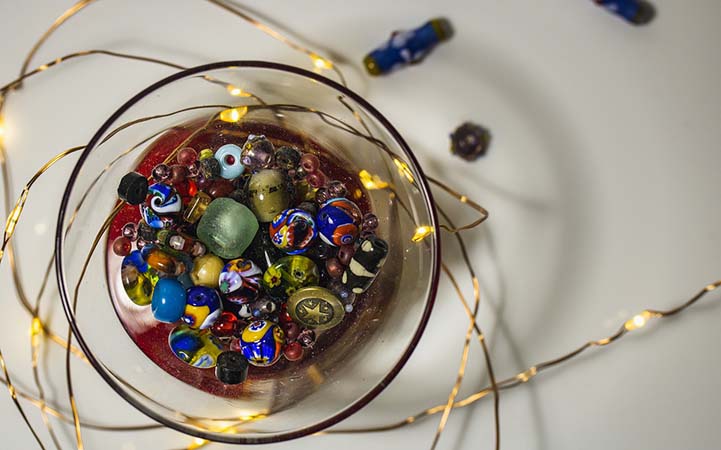Whenever we start to engage in the creative process, we’re tempted to assume that we can easily sell our art. Adults commonly prioritize finances over creative flow. Adults who take on art making often do so with the intent of starting a side hustle. Unfortunately, that side hustle culture can restrict our creativity immensely.
What is the side hustle culture?
A side hustle is a job or activity completed outside of a person’s regular job in order to earn additional income. There are many different types of side hustles. They commonly include remote work, delivery apps, and selling art in various forms. The side hustle culture has been on the rise for the past few years. As individuals need extra income and their standard work has become more flexible due to remote work, side hustles have become commonplace.
Side hustle culture has increased presence on social media. People brag about the ability to turn any task, craft, or job into a means of extra income. However, the down side is that we lose the ability to create joyfully once finances are involved.
How does it restrict creativity?
There are many aspects of side hustle culture that impair our ability to create freely, including the following:
The focus on product versus process
If the intent behind the creative process is to sell, we naturally shift our focus from process to product. In this sense, we become so focused on the finished product that we don’t engage freely in the process of making art. We lose the ability to engage in creative flow and miss out on the opportunity to express ourselves through the art making process.
The strive for perfection and marketing
When the product is more important to us than the process of making art, we strive to be marketable to consumers. That, in turn, makes us feel like the product we make needs to be perfect. In striving for perfection, we also lose the creative flow that helps us to express our emotions. In focusing on a marketable product, we often lose sight of the meaning of engaging in art. Instead we are focused on a sufficient, and often replicable outcome, so that we can make a profit.
Consumer criticism
Consumer criticism is another thing that can restrict creative when art making turns into a side hustle. When we are presenting a finished product to a consumer, their feedback can feel harsh, and can also impact our art making process in the future, in order to hide mistakes and make ourselves more marketable. Basing out creative decision making on others restricts us from fully engaging in the process, and limiting our ability to act freely in making art.
About Therapist Samantha Nolan, MA, LPC, ATR-P- Barnum Counseling
